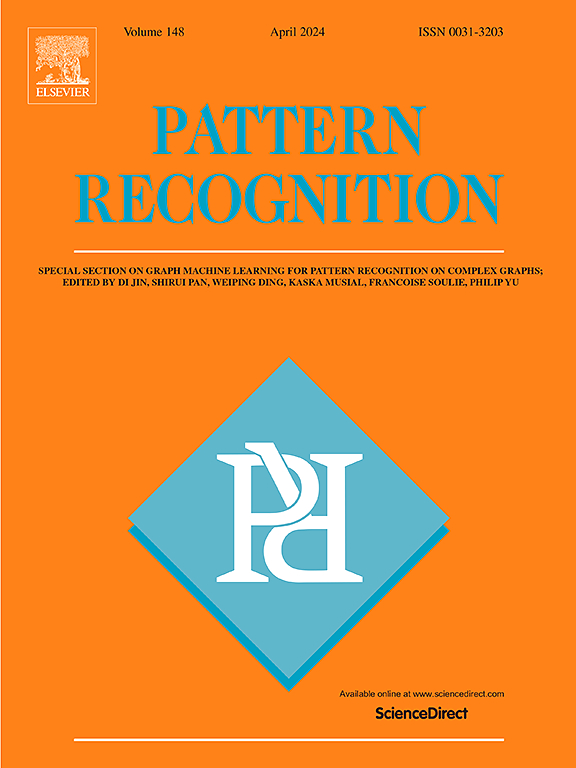Instruction-guided fusion of multi-layer visual features in Large Vision-Language Models
IF 7.6
1区 计算机科学
Q1 COMPUTER SCIENCE, ARTIFICIAL INTELLIGENCE
引用次数: 0
Abstract
Large Vision-Language Models (LVLMs) have achieved remarkable success in a wide range of multimodal tasks by integrating pre-trained vision encoders with large language models. However, current LVLMs primarily rely on visual features extracted from the final layers of the vision encoder, overlooking the complementary information available in shallower layers. While recent works have explored the fusion of multi-layer visual features in LVLMs, they typically adopt task-agnostic fusion strategies and do not examine the dependencies of these features on different tasks. To address these gaps, we systematically investigate the individual contributions of hierarchical visual features in the context of LVLMs. Our findings reveal that the visual features from different layers exhibit complementary strengths, with their effectiveness varying across different tasks. Motivated by these insights, we introduce an instruction-guided vision aggregator that dynamically fuses multi-layer visual features based on task-specific instructions. Extensive evaluations demonstrate the superior performance of our method. We hope this work will provide valuable insights into the adaptive use of hierarchical visual features in LVLMs. Our code is available at: https://github.com/YiZheng-zy/IGVA.
大型视觉语言模型中多层视觉特征的指令引导融合
大型视觉语言模型(LVLMs)通过将预训练的视觉编码器与大型语言模型相结合,在广泛的多模态任务中取得了显著的成功。然而,目前的lvlm主要依赖于从视觉编码器的最后一层提取的视觉特征,忽略了较浅层中可用的互补信息。虽然最近的研究已经探索了lvlm中多层视觉特征的融合,但它们通常采用与任务无关的融合策略,并且没有检查这些特征在不同任务上的依赖性。为了解决这些差距,我们系统地研究了分层视觉特征在LVLMs背景下的个体贡献。我们的研究结果表明,不同层次的视觉特征表现出互补的优势,它们的有效性在不同的任务中有所不同。在这些见解的激励下,我们引入了一个指令引导的视觉聚合器,它基于特定于任务的指令动态融合多层视觉特征。广泛的评估证明了我们的方法的优越性能。我们希望这项工作将为分层视觉特征在lvlm中的自适应使用提供有价值的见解。我们的代码可在:https://github.com/YiZheng-zy/IGVA。
本文章由计算机程序翻译,如有差异,请以英文原文为准。
求助全文
约1分钟内获得全文
求助全文
来源期刊

Pattern Recognition
工程技术-工程:电子与电气
CiteScore
14.40
自引率
16.20%
发文量
683
审稿时长
5.6 months
期刊介绍:
The field of Pattern Recognition is both mature and rapidly evolving, playing a crucial role in various related fields such as computer vision, image processing, text analysis, and neural networks. It closely intersects with machine learning and is being applied in emerging areas like biometrics, bioinformatics, multimedia data analysis, and data science. The journal Pattern Recognition, established half a century ago during the early days of computer science, has since grown significantly in scope and influence.
 求助内容:
求助内容: 应助结果提醒方式:
应助结果提醒方式:


